Why are young South Koreans hesitant to look for jobs?
In South Korea, this issue is becoming even more urgent as hundreds of thousands of young people tend to leave the labor market, creating significant challenges for the economy .
This "stagnant" trend is known by the term "NEET," an acronym for Not in Education, Employment, or Training, which roughly translates to "not studying, not working, and not participating in training," meaning young people are in a state of not having a job and not attending school or participating in training programs or internships.
Statistics from the Federation of Korean Industries show that, as of mid-year, the country has more than 421,000 young people aged 20-29 who are classified as "NEETs" (Not in Education, Employment, or Training). This represents an increase of approximately 58% compared to a decade ago.
The high rate of youth unemployment has cost the South Korean economy approximately 53.4 trillion won (equivalent to $38.3 billion) between 2019 and 2023.
This woman had been unemployed for about a year and a half and only recently returned to job hunting. She shared, "Being unemployed for so long made me feel very tired and depressed."
This is also the general sentiment among many young Koreans facing the current job search. While most young people believe that work is an important part of life, too many factors make them hesitant and anxious when looking for a job. The biggest problem, acknowledged by most job seekers, is the lack of suitable job opportunities, which prolongs the job search process.
Kim Min Ji, a job seeker, shared: "A year ago, it only took about 6 months to find a good job. But now I've been looking for a job for 10 months."
The "bottleneck" here is that young workers and businesses often don't find each other. Young people usually want to find good jobs with high salaries. However, this is often only available at large corporations and for experienced workers. Small and medium-sized enterprises – those willing to hire young workers – receive little attention.
Lee Hye Min, a job seeker, shared her thoughts: "These days, companies all require experience, and I feel that's my weakness."
Choi Ho Soo, a job seeker, said: "I want to find a job with a more deserving salary and benefits."
Moon Ji Hyun, a recruitment specialist, commented: "Most job seekers are concentrated in large corporations, making it difficult for smaller companies to attract talent."
The consequence of this disparity is that young people who want to find jobs cannot, leading to feelings of discouragement and resignation. Meanwhile, businesses that need employees are completely overlooked and are constantly facing staff shortages.

In September, the employment rate among young South Koreans fell to 45.1%, marking the 17th consecutive month of decline.
The South Korean job market is tightening for young people.
Given this overall picture, it's not surprising that the job market has been increasingly tight for young South Koreans recently. In September, the employment rate among young South Koreans fell to 45.1%, marking the 17th consecutive month of decline – the longest losing streak since the 2009 financial crisis.
Furthermore, opportunities at large companies—once considered dream jobs for many young people—are shrinking, with job growth at companies with 300 or more employees hitting its lowest level in six years last year. The public sector, also a popular choice for recent graduates due to its stability, is also experiencing a contraction in hiring, with the number of new jobs created annually now falling below 20,000.
Solving the youth employment problem.
The Bank of Korea warns that the longer workers are unemployed, the greater the difficulty they will face when returning to the labor market. To help improve this situation, the South Korean government and businesses are implementing various measures, not simply focusing on "creating jobs," but also on helping young people quickly "reconnect with the labor market."
A job fair was recently held in Seoul, bringing together 160 companies that are partners of major corporations such as Samsung, SK, and Hyundai Motor. Many young people came to seek employment opportunities.
Shin Moo Hyun, a job seeker, shared: "Some of the companies I applied to participated in this event, so I came to double-check my application and see how suitable it is."
This is the first time in 15 years that the business community in South Korea has joined forces to organize a job fair of this scale. Responding to the government's call to create job opportunities for young people, major corporations have announced plans to recruit an additional 40,000 employees, while also supporting their partner companies in the recruitment process.
Gang Jong Won, a recruitment specialist, commented: "We offer good salaries. Starting salaries will increase in stages."
However, to bring hundreds of thousands of young people who are currently "stagnant" back into the labor market, South Korea cannot rely solely on short-term projects.
Since last year, the South Korean government has been implementing a comprehensive youth employment support program, with a budget of 1 trillion won (about $700 million), expanding "work experience" opportunities in both the public and private sectors. In September, Seoul announced a further program to support young people seeking jobs, which includes building the first database of unemployed youth.
Kim Young Hoon, South Korea's Minister of Employment and Labor, stated: "The South Korean government is seeking to establish contact with the 15-20% of young people who are outside the job market. The government will contact these individuals via email or other means and provide appropriate support."
Korean officials are also developing virtual work environments where young people can participate in mock interviews, team challenges, and real-life tasks. This aims to encourage initiative and help young people discover what they truly want to do. Some localities are also experimenting with a model that combines practical skills training with work experience at small and medium-sized enterprises, while providing financial support for six months to young workers.
Source: https://vtv.vn/xu-huong-gioi-tre-dung-yen-tai-han-quoc-10025102410442687.htm


![[Photo] Prime Minister Pham Minh Chinh holds a phone call with the CEO of Russia's Rosatom Corporation.](/_next/image?url=https%3A%2F%2Fvphoto.vietnam.vn%2Fthumb%2F1200x675%2Fvietnam%2Fresource%2FIMAGE%2F2025%2F12%2F11%2F1765464552365_dsc-5295-jpg.webp&w=3840&q=75)



![[Photo] Closing Ceremony of the 10th Session of the 15th National Assembly](/_next/image?url=https%3A%2F%2Fvphoto.vietnam.vn%2Fthumb%2F1200x675%2Fvietnam%2Fresource%2FIMAGE%2F2025%2F12%2F11%2F1765448959967_image-1437-jpg.webp&w=3840&q=75)


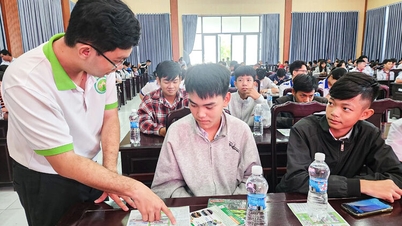



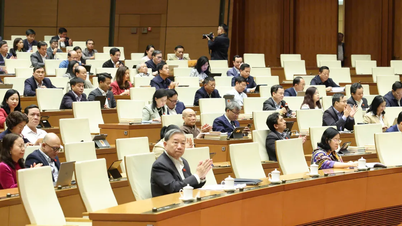




















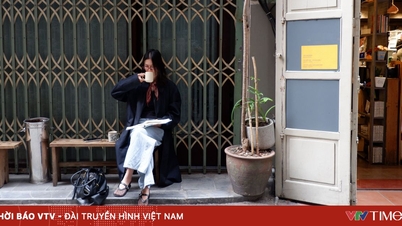



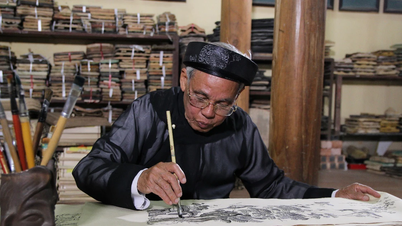





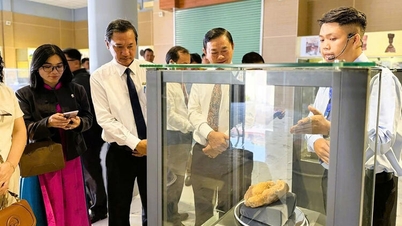
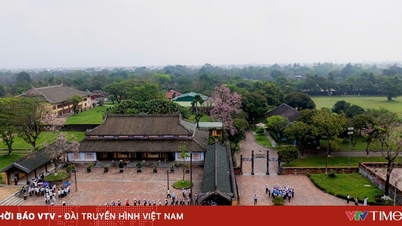






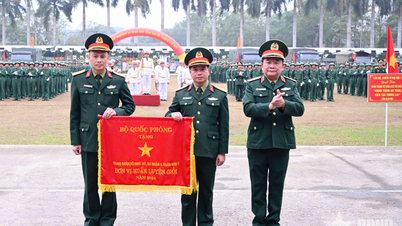
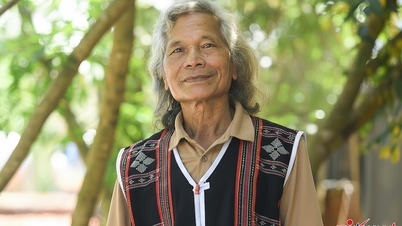



![[OFFICIAL] MISA GROUP ANNOUNCES ITS PIONEERING BRAND POSITIONING IN BUILDING AGENTIC AI FOR BUSINESSES, HOUSEHOLDS, AND THE GOVERNMENT](https://vphoto.vietnam.vn/thumb/402x226/vietnam/resource/IMAGE/2025/12/11/1765444754256_agentic-ai_postfb-scaled.png)



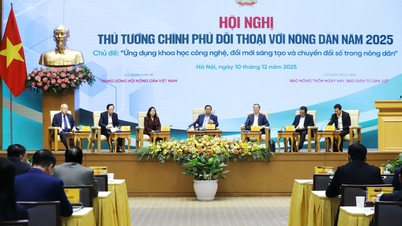












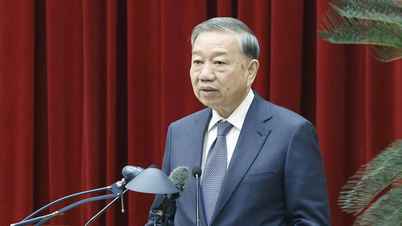





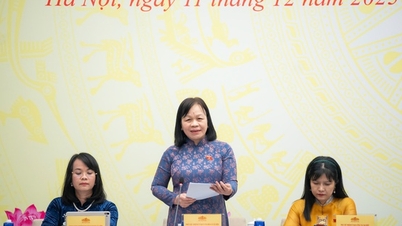

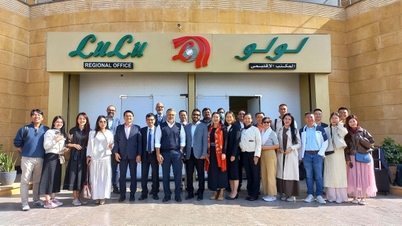



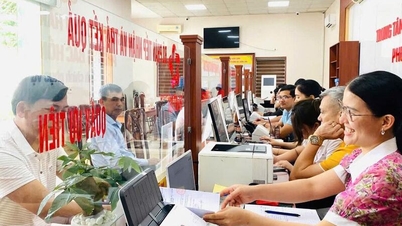


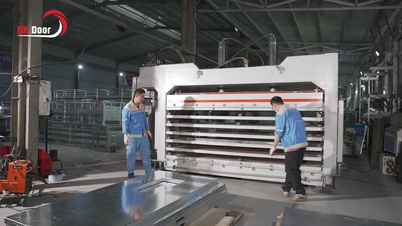





















Comment (0)